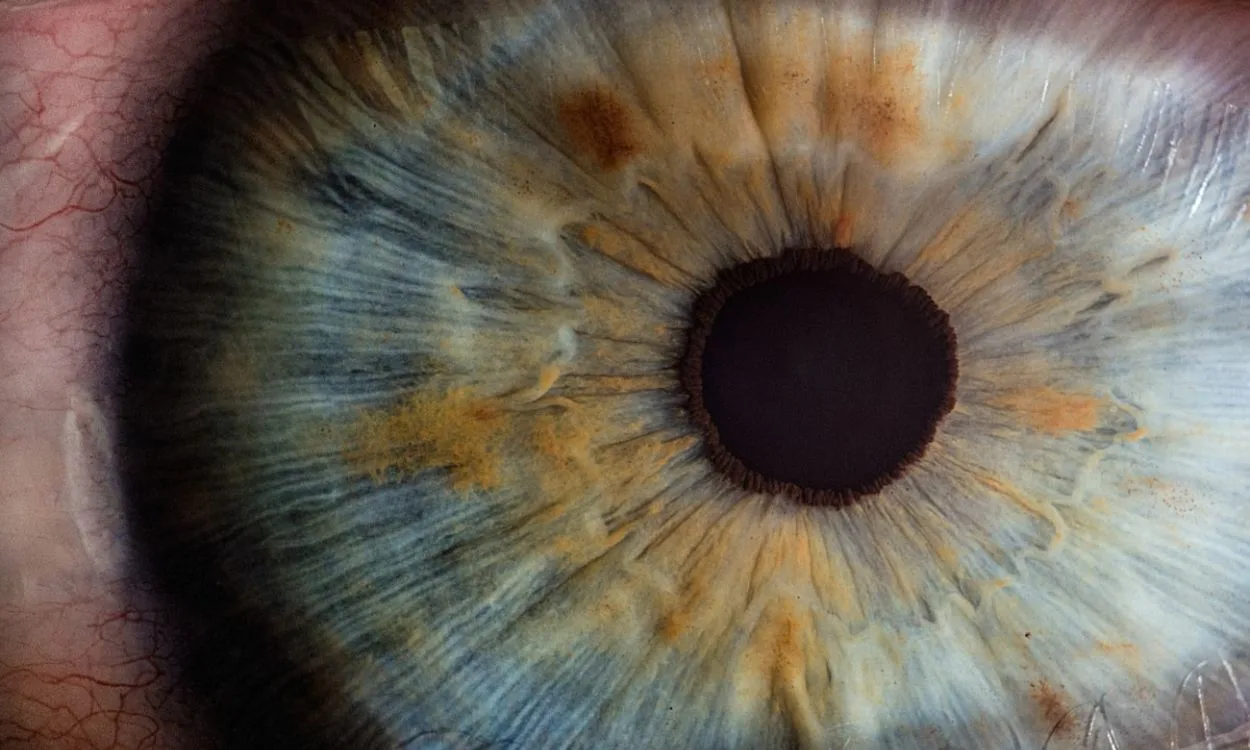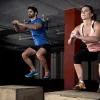Can athletes use sensory cues and visualization for optimal performance?
Athletes can indeed harness the power of sensory cues and visualization to enhance their performance. By incorporating these techniques into their training and competition routines, athletes can unlock new levels of focus, skill development, and mental resilience. Sensory cues and visualization can be invaluable tools for athletes striving to achieve peak performance in their respective sports.
Understanding Sensory Cues and Visualization
Sensory cues involve the intentional focus on specific sensory stimuli, such as sights, sounds, or physical sensations, to enhance performance. Athletes can use sensory cues to direct their attention to critical aspects of their sport, such as the feel of their movements, the sound of their breathing, or the visual details of their surroundings. By honing in on these sensory cues, athletes can heighten their awareness and control over their actions, leading to improved performance outcomes.
Visualization, on the other hand, involves mentally rehearsing specific movements, scenarios, or performance outcomes. Athletes can use visualization techniques to vividly imagine themselves executing flawless techniques, overcoming challenges, or achieving their desired goals. This mental rehearsal can strengthen neural pathways associated with skill execution, build confidence, and reduce performance anxiety, ultimately leading to improved on-field performance.
The Science Behind Sensory Cues and Visualization
Numerous studies have demonstrated the efficacy of sensory cues and visualization in enhancing athletic performance. From the realm of sports psychology to neuroscientific research, evidence supports the notion that these techniques can positively influence athletes’ physical and mental capabilities.
Benefits of Sensory Cues and Visualization for Athletes
– Enhanced Focus and Concentration: By using sensory cues, athletes can direct their attention to specific aspects of their performance, fostering heightened focus and concentration during training and competition.
– Improved Skill Acquisition and Execution: Visualization can aid in skill development by allowing athletes to mentally practice and refine their techniques, leading to improved execution when it matters most.
– Stress Reduction and Anxiety Management: Through visualization, athletes can mentally prepare for high-pressure situations, reducing performance anxiety and enhancing their ability to perform under stress.
– Injury Rehabilitation and Recovery: Sensory cues and visualization can be utilized during injury rehabilitation to maintain mental connections to physical movements, potentially expediting the recovery process.
Incorporating Sensory Cues and Visualization Into Training
Athletes can integrate sensory cues and visualization into their training regimens in several ways:
– Mindful Training Sessions: During practice, athletes can consciously focus on sensory cues related to their movements, breathing, and environment to improve awareness and control.
– Pre-Competition Visualization: Prior to competitions, athletes can engage in visualization exercises to mentally rehearse their performance, visualize success, and prepare for potential challenges.
– Post-Performance Analysis: After training or competition, athletes can reflect on their sensory experiences and visualize areas for improvement, enhancing their learning and skill refinement processes.
The Fitpaa Approach to Optimal Performance
While sensory cues and visualization are powerful techniques for athletes, leveraging advanced technology can further enhance their effectiveness. Fitpaa, an end-to-end AI-driven metabolism monitoring and management technology, offers a comprehensive platform for athletes to optimize their performance through personalized health and fitness solutions.
Fitpaa’s Role in Athlete Performance Enhancement
– Metabolism Monitoring: Through advanced metabolism assessment, Fitpaa provides athletes with insights into their physiological processes, enabling personalized training and nutrition plans tailored to their metabolic profiles.
– Personalized Capsule: Fitpaa’s expert team of fitness coaches, nutritionists, and doctors collaborate to create personalized Fitpaa Capsules, aligning with athletes’ metabolism, health goals, and lifestyle, to optimize performance and overall well-being.
– Real-Time Guidance Technology: Fitpaa’s real-time guidance technology integrates cognitive behavioral therapy principles to deliver targeted motivational cues, habit-building strategies, and performance optimization support for athletes.
Embracing Fitpaa for Athletic Excellence
For athletes seeking to elevate their performance and achieve their health and fitness goals with guaranteed results, Fitpaa offers a transformative platform designed to align with the unique needs of the Indian population. By harnessing the power of sensory cues, visualization, and cutting-edge technology, athletes can unlock their full potential and excel in their sporting endeavors.
In conclusion, the integration of sensory cues and visualization techniques can serve as invaluable assets for athletes aiming to optimize their performance. By combining these mental strategies with state-of-the-art technological solutions like Fitpaa, athletes can embark on a journey towards peak physical and mental prowess, setting the stage for remarkable achievements in their respective sports.









